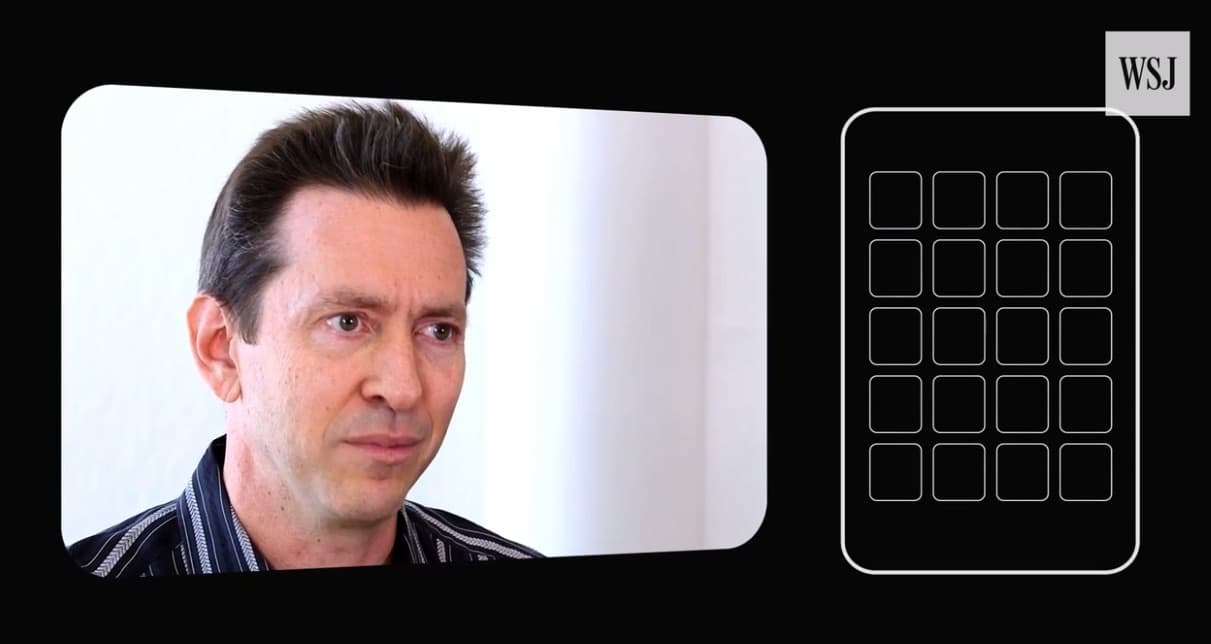If you hadn’t heard by now, this week marks the tenth anniversary of a little device called the iPhone going on sale. To celebrate, the Wall Street Journal has created a new mini-documentary, entitled Behind the Glass, detailing the making of Apple’s breakthrough smartphone.
Courtesy of interviews with former Apple execs Tony Fadell, Scott Forstall and Greg Christie, here are the top factoids we learned from it.
The iPhone grew out of worries about the iPod
The iPod was bringing in about half of Apple’s revenue in 2005, but the company wasn’t resting on its laurels. “[We asked ourselves] what would cannibalize iPod sales?’ asks Scott Forstall, the former iOS boss who left Apple in 2012 following the Apple Maps debacle. “One of the biggest [threats] was cell phones.”
Concern about possible cannibalization of the iPod led Apple to create its most famous product.
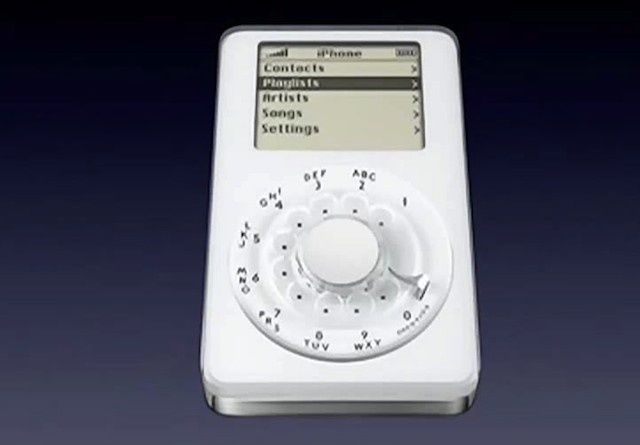
Photo: Apple
Apple tried “30 or 40” different ways of keeping the iPod’s click wheel
Remember the joke iPhone interface Steve Jobs showed at the iPhone launch, which used the iPod’s click wheel like a rotary dial? That was a very serious Apple idea. In the event, “thirty or forty” different methods of letting users dial with the click wheel were tested out behind the scenes. None of them were any good.
“You could select from a list, right? That was what the iPod was all about,” says Tony Fadell, who left Apple to found Nest in 2008. “But then to actually dial a real number was so cumbersome. It was never going to work.”
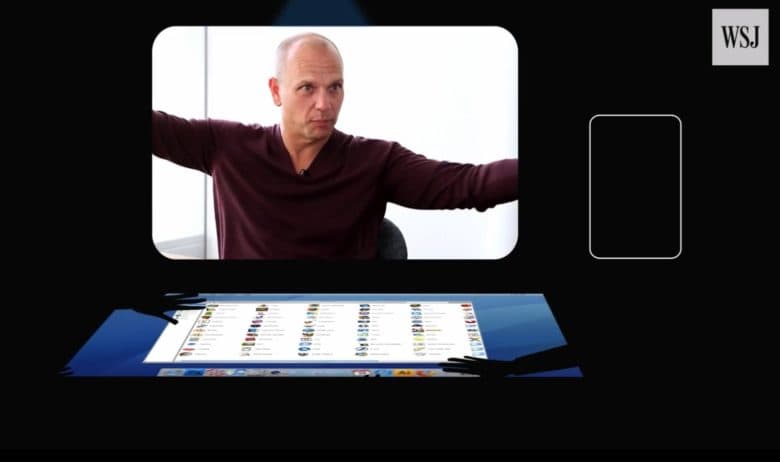
Photo: WSJ
Apple’s first multitouch display table was big
It’s no secret that the iPad preceded the iPhone in terms of Apple’s R&D, nor that Apple frequently tries out multiple size prototypes of objects to get the technology right. But one thing that’s revealed in the documentary is that the first multitouch display Apple built was pretty darn large — like, the size of a ping-pong table. And it ran macOS, too.
“[Steve said], ‘I think this is going to solve our problem,” Fadell recalls, referring to the click wheel issue mentioned above. He was certainly correct!
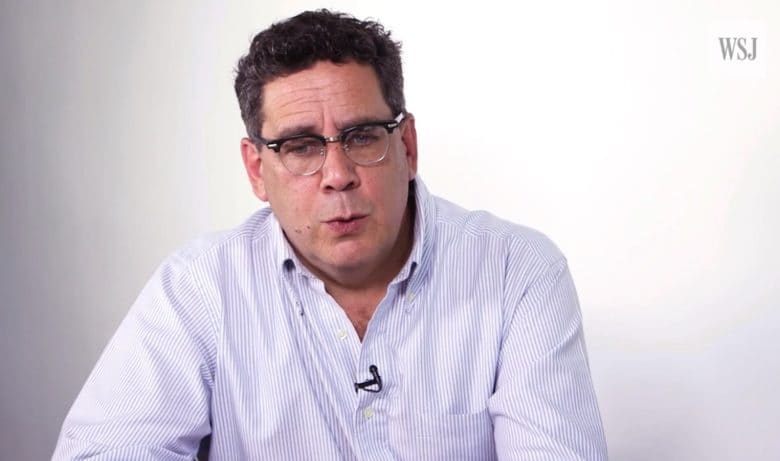
Photo: WSJ
The iPhone demo team worked some long hours
According to Scott Forstall, when there was the threat that Jobs might pull the phone project away from the original iPhone team, on account of not being happy with progress, the team put in some serious hours to turn things around. How serious? Try 168-hour weeks. They even got a hotel across from 1 Infinite Loop so they wouldn’t have to travel home at the end of each day.
The reward for a good demo?
The short documentary’s best line belongs to former software exec Greg Christie, who talks about the reward the team got for wowing Steve Jobs with their iPhone demo. “Our reward for doing a great job on that demonstration was to kill ourselves [making it a reality] over the next two-and-a-half years,” he says wryly.
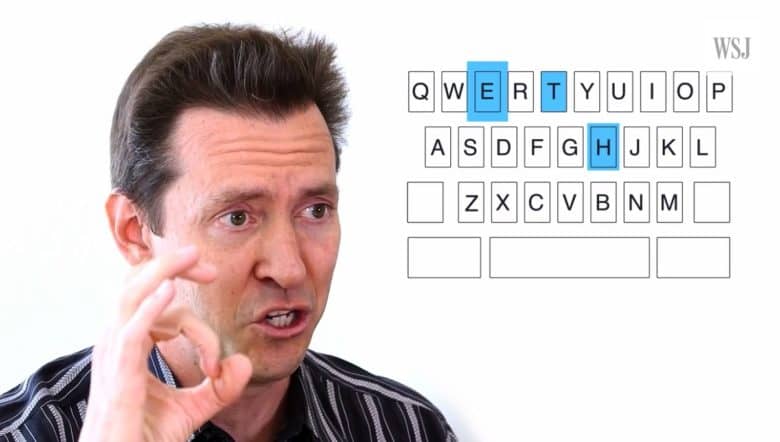
Photo: WSJ
How to build a good keyboard
Although the iPhone’s keyboard has more or less stayed the same for years at this point, it’s easy to forget what a massive controversy it was at the time to compare a virtual keyboard to the BlackBerry’s physical keyboard. (Even the Apple-loving Walt Mossberg wasn’t sure about it.)
Forstall said that, with the virtual keyboard not working during development, he made the decision to pull all the UI engineers off the other apps they were working on, and focus full-time on the keyboard for a couple of weeks.
The result was a range of crazy demos, and one engineer who came up with a smart way of dealing with the problem by using AI to predict the hit area of different buttons according to context. That meant that a user typing T would have a strong probability of typing H afterwards, and an even higher probability of following this up with an E. Varying the size of the area they could tap to get the right letter cut down on errors.
It’s common sense now — but it was certainly innovative for its day.
Check out the film
If that doesn’t work, you can also watch it here.
